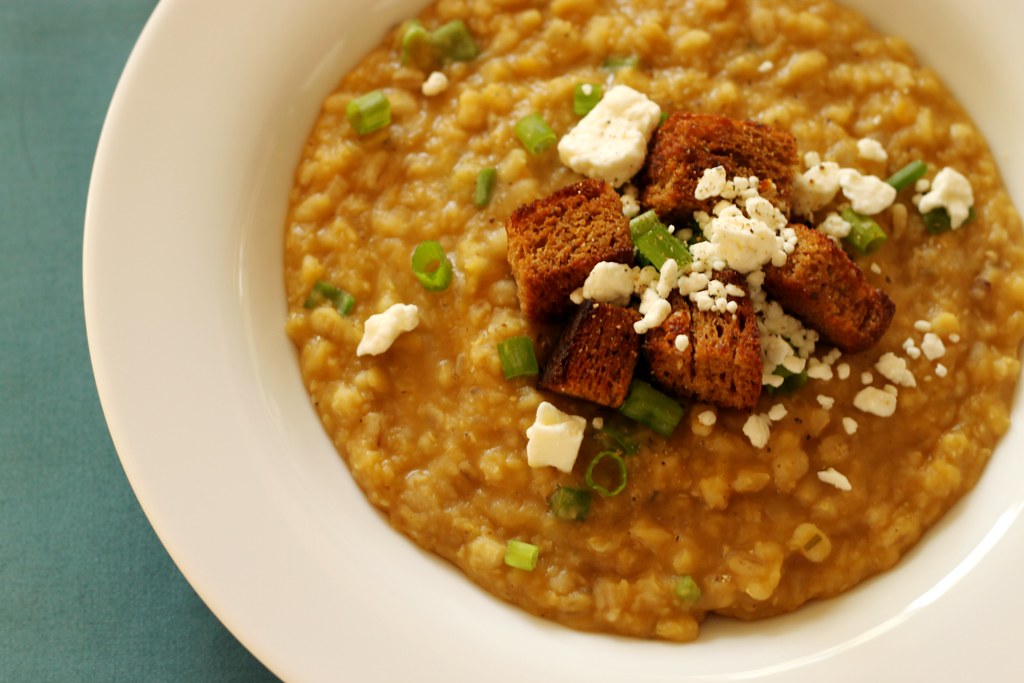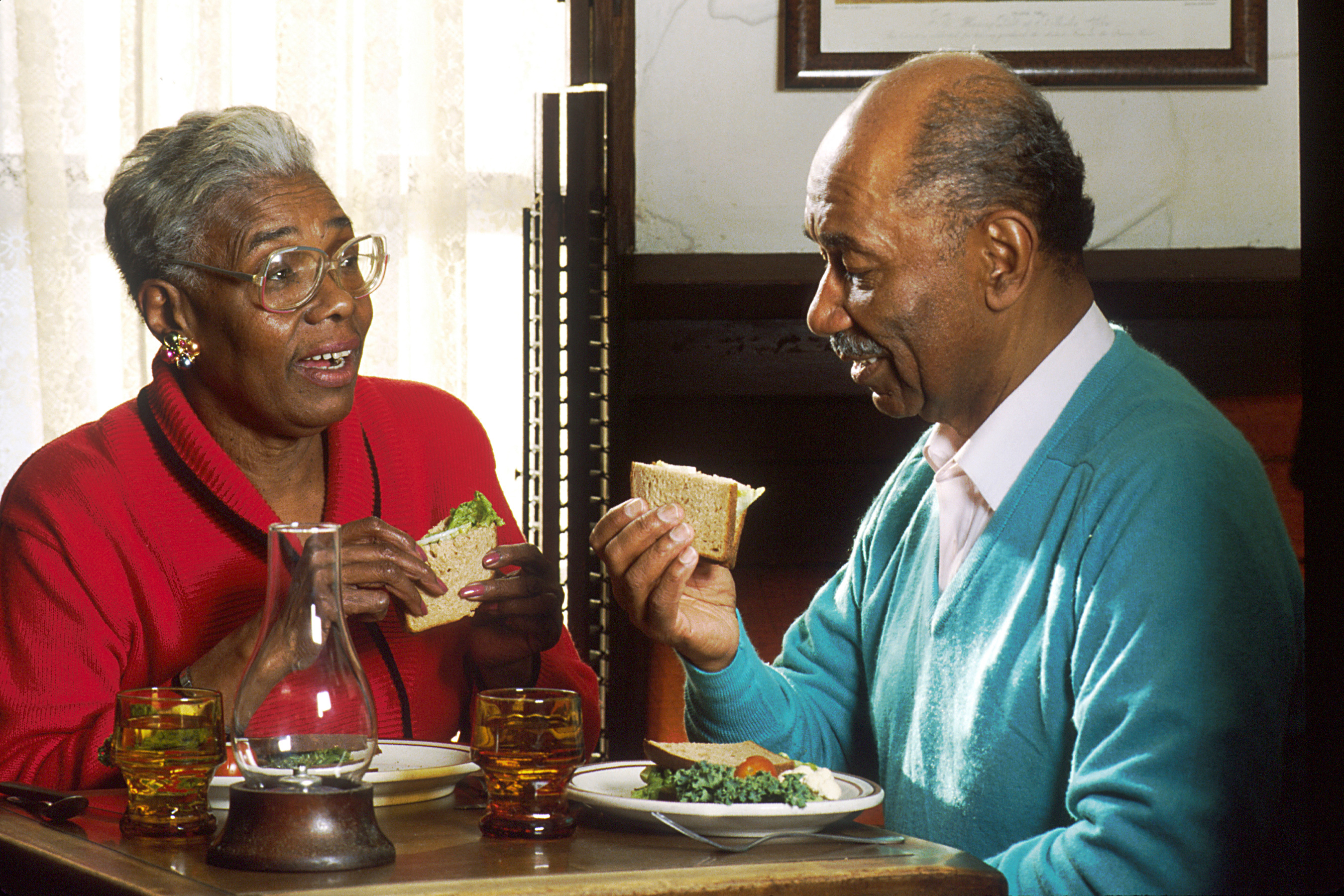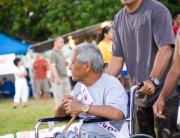There is a common perception on the third age nutrition’ for most people, the first thing that comes out of our head while thinking about this context is saltless food, boiled in water, mashed, grained that pretty much looks like baby food without any flavours.
Maintaining a good health diet and nutrition is important in any age. Good nutrition is one of the main components that our body must have in order to live healthy. Eating an orderly and balanced food can prevent heart attacks, balance the cholesterol level , prevent diabetes and other sickness.
In the following article we would like to shatter this myth, we will talk about the importance of nutrition in old age, give some tips for the caregivers on how to optimize the nutrition and diet and even how to make it tastier and healthier.
Elderly nutrition
Nutritional deficiencies may directly affect the functions of the body of an elderly and may even cause deterioration in his health. The physiological changes in the aging process affect the appetite and ability to eat (for example – impaired sense of taste and smell, teeth problems, emotional and social changes, etc.). Therefore, it is far more important to pay attention to the diet at this age.
Recommended elderly diet – by the Ministry of Health
The Ministry of Health recommends that seniors should have three main meals a day and three snacks with plenty of liquids. Also, the diet should include all the food in the food pyramid (carbohydrates, fats, proteins, vitamins and minerals). The menu should cater the needs of the elderly such as functional abilities and medical diagnosis.
Another important element is the economic status, even when the economic situation is poor and there is a difficulty in getting variety of supplies and ingredients, it is important to incorporate all the food listed in the group to prepare a meal.
Nutrition Myths third age
- Myth: When cooking food for the elderly you should avoid using any spices.
Reality: Due to the decreased sense of taste and smell you should emphasize
more to prepare a tasty food.
- Myth:It is not recommended for elderly to eat the peel of fruits and vegetables.
Reality: Due to the changes in the body and weakening of muscles as well
as the colon part it causes many elderly people to suffer from
constipation. Therefore, dietary fiber which can be found in the peels of
fruits and vegetables might help them in digestion process.
- Myth: It is recommended to reduce the consumption of meat.
Reality: Meat, poultry and fish can help us maintain our muscles, bones and skin
and provide the body with living source protein, vitamin B, iron and zinc.
Tips for proper nutrition for the elderly
- Keeping proper diet – three main meals (breakfast, lunch and dinner ) and some snacks
- Drinking – it is important to drink lots of water during the day
- Fiber – increase food intake rich in fiber
- Maintaining a healthy body weight
- Ensuring the expiration dates of food
- Eating in a group (not alone) is improving the appetite
Conclusion,
Elderly nutrition does not have to be tasteless and odorless, it can be tasty, delicious, interesting and at the same time healthy. As a caregiver we have a dual role – both to help the elderly get all the nutrients needed to maintain good health and also enables them to enjoy the food despite of their old age.
In the next paragraph you will see a recipe for red lentil soup, a delicious soup, rich, satisfying and healthy together with a slice of bread that gives a complete meal.
The lentils are legumes highly recommended, they contain large amounts of protein, iron, potassium, calcium, magnesium and vitamins Many. moreover, eating lentils and other legumes are generally good for preventing heart disease, cholesterol, diabetes and preventing constipation.
Ingredients:
- half cup red lentils being soaked or washed in a colander
- large onion chopped
- red pepper diced

- six carrots cut into thin strips
- piece of pumpkin cut and diced
- sweet potatoes cut and diced
- garlic head sliced
- a bundle of dill and coriander, chopped
- salt, pepper, turmeric
- 6 cups water
- 6 tablespoons olive oil
Preparation:
- The red lentils are softer and do not require soaking in water, only washing.
- In a large pot, fry the onions in olive oil until golden brown, add the pepper and then gradually the remaining vegetables, lentils and spices.
- Stir and fry in oil and only then add the water. Wait for the water to boil then lower the heat.
- Stir occasionally to avoid lentils to fall down and stick on the bottom of the pot.
- Cook for about 30 minutes, turn off the heat and leave the pan closed for few minutes.
- Taste and adjust the flavors.







Leave A Comment
You must be logged in to post a comment.